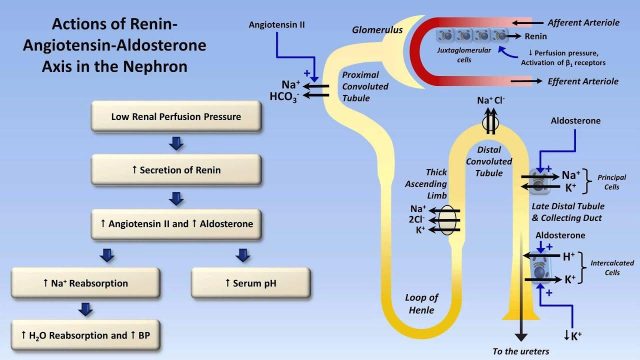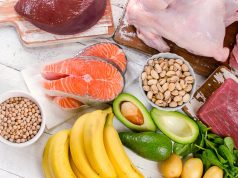Maintaining a healthy heart is a journey that involves understanding and managing the delicate balance of nutrients in our diet. Among these, sodium and potassium play pivotal roles. While sodium is often spotlighted for its potential to elevate blood pressure, potassium is celebrated for its ability to counteract these effects, promoting cardiovascular well-being. Navigating the complexities of these two minerals can be daunting, especially when everyday choices are influenced by habits and convenience. This article aims to guide you through the process of achieving a harmonious balance between sodium and potassium, empowering you to make informed decisions for your heart health. Together, we’ll explore practical strategies and compassionate insights to help you take control of your dietary choices, ensuring your heart remains healthy and strong.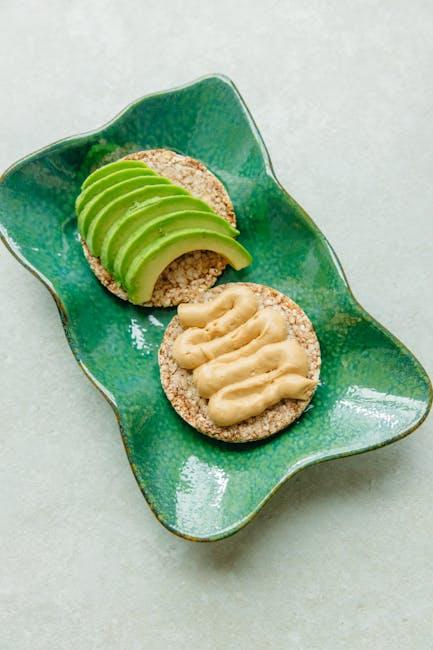
Understanding the Role of Sodium and Potassium in Heart Health
When it comes to maintaining a healthy heart, understanding the delicate interplay between sodium and potassium is crucial. These two minerals play vital roles in regulating blood pressure and heart function. Sodium is necessary for nerve and muscle function, but excessive intake can lead to hypertension, putting strain on your heart. On the other hand, potassium helps to counterbalance sodium’s effects, relaxing blood vessel walls and aiding in excretion of excess sodium through urine.
To achieve a heart-friendly balance, consider incorporating more potassium-rich foods into your diet while moderating sodium intake. Here are some practical tips:
- Opt for fresh, whole foods: Fresh fruits and vegetables like bananas, oranges, and leafy greens are excellent sources of potassium.
- Read labels carefully: Processed foods often contain hidden sodium. Look for products labeled “low sodium” or “no salt added.”
- Cook at home: Preparing meals at home allows you to control the amount of salt you use, giving you the power to choose healthier alternatives.
For a clearer understanding, here’s a simple comparison of the daily recommended intake:
| Mineral | Recommended Daily Intake | Food Examples |
|---|---|---|
| Sodium | Less than 2,300 mg | Table salt, processed foods |
| Potassium | 3,500-4,700 mg | Bananas, spinach, sweet potatoes |
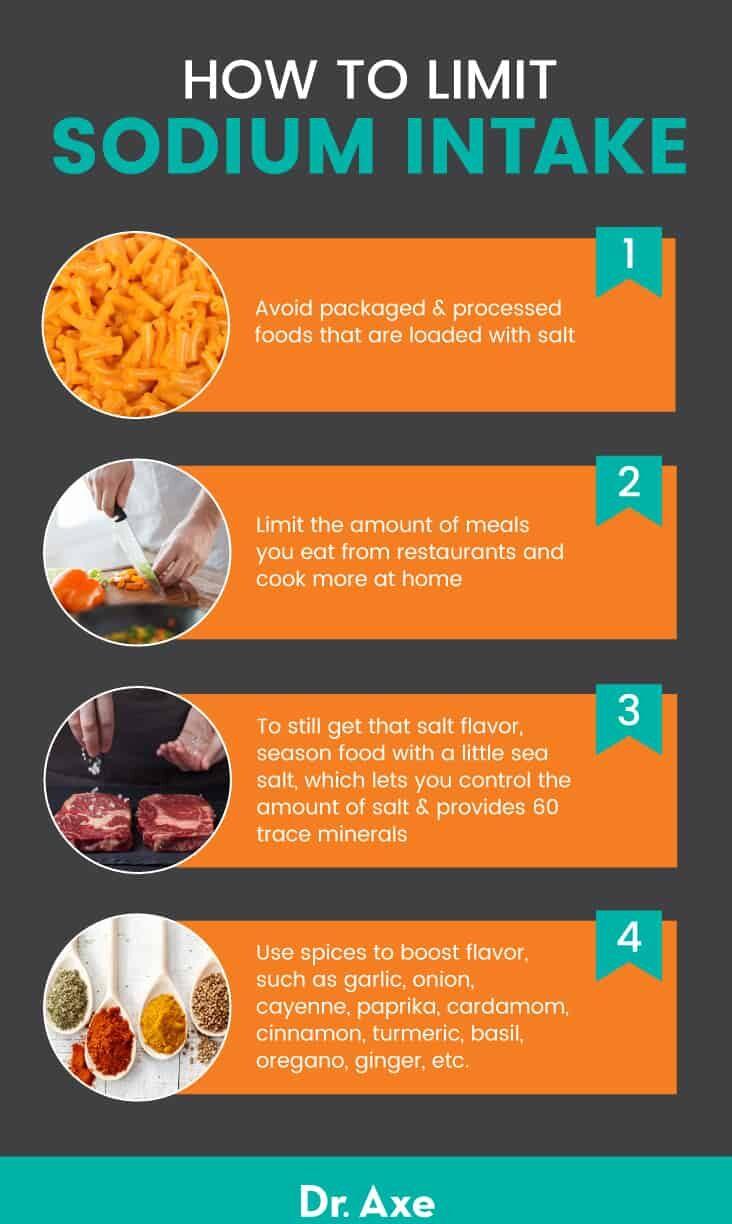
Identifying Hidden Sources of Sodium in Your Diet
While many people are aware of the sodium content in processed foods, there are several less obvious culprits that could be sabotaging your heart health goals. Unveiling these hidden sources can help you make informed dietary choices. Consider the following unexpected sources of sodium:
- Breads and Rolls: A single slice of bread can contain as much as 200 mg of sodium. Opt for low-sodium or homemade versions to control your intake.
- Canned Vegetables: While they are convenient, many canned vegetables are preserved with added salt. Rinsing them under water can reduce sodium levels significantly.
- Condiments and Sauces: Ketchup, soy sauce, and salad dressings are often laden with sodium. Consider using herbs, spices, or lemon juice as alternatives to enhance flavor without the salt.
To assist in identifying these hidden sodium sources, here’s a simple comparison table of common food items and their sodium content:
| Food Item | Sodium Content (mg) |
|---|---|
| Whole Wheat Bread (1 slice) | 200 |
| Canned Green Beans (1/2 cup) | 400 |
| Soy Sauce (1 tbsp) | 900 |
By being mindful of these hidden sources, you can better balance sodium and potassium in your diet, paving the way for improved heart health.
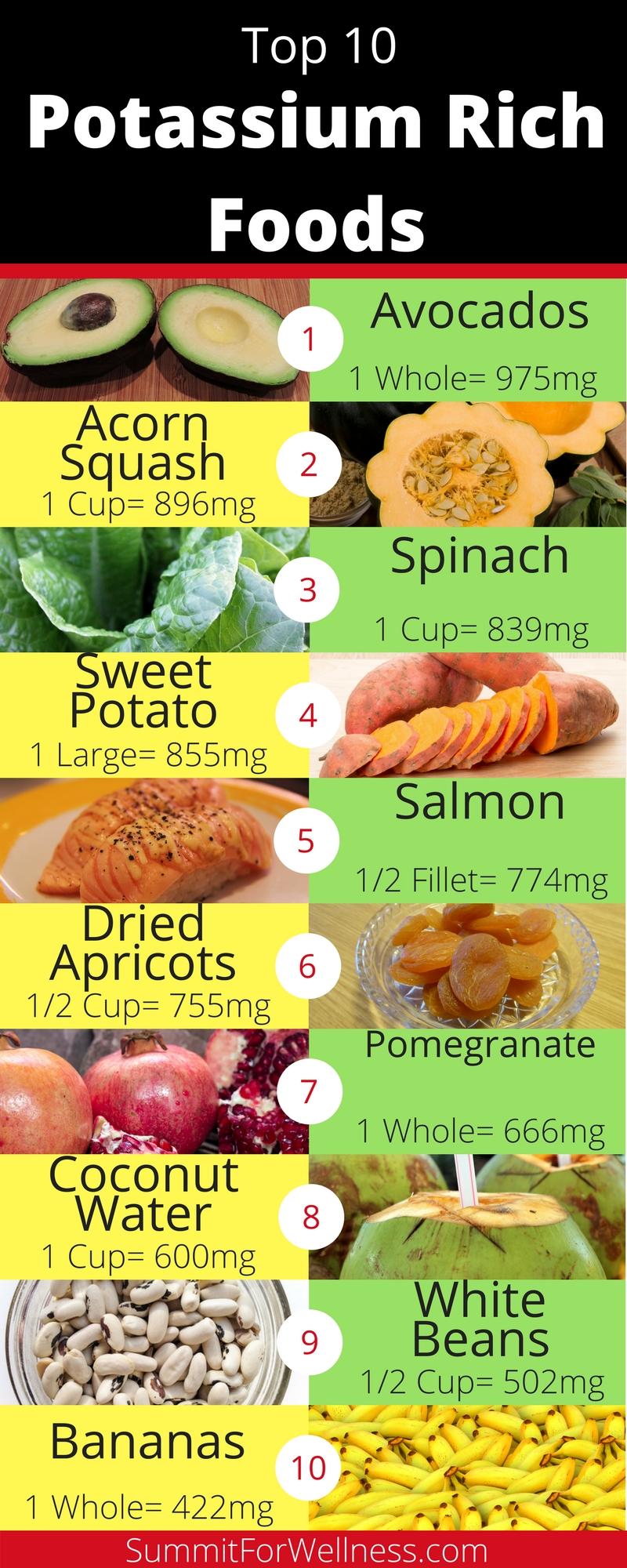
Incorporating Potassium-Rich Foods into Your Meals
Boosting your intake of potassium-rich foods can be a delicious endeavor, benefiting both your palate and your heart. Start by adding more fruits and vegetables, which are naturally high in potassium, to your daily meals. Bananas, oranges, spinach, and sweet potatoes are excellent choices that can easily be incorporated into your breakfast, lunch, or dinner. For instance, blend a banana and some spinach into your morning smoothie or toss roasted sweet potatoes into your lunchtime salad.
- Breakfast: Try a smoothie with banana, spinach, and a splash of orange juice.
- Lunch: Make a hearty salad with spinach, roasted sweet potatoes, and avocado.
- Dinner: Include a side of steamed broccoli or a baked potato.
For those who enjoy a more varied diet, there are plenty of options beyond the obvious. Consider snacking on dried apricots or adding lentils to your soups and stews. These foods not only pack a potassium punch but also offer a delightful change in texture and flavor. When dining out or cooking at home, opt for dishes that incorporate legumes, nuts, and seeds, which are often overlooked but potent sources of potassium.
| Food | Potassium Content (mg) |
|---|---|
| Banana (1 medium) | 422 |
| Sweet Potato (1 medium) | 541 |
| Spinach (1 cup, cooked) | 839 |
| Lentils (1 cup, cooked) | 731 |

Practical Tips for Achieving a Heart-Healthy Balance
Balancing sodium and potassium in your diet is a crucial step towards maintaining heart health. Here are some practical tips to help you achieve this balance:
- Embrace Fresh Foods: Opt for fresh fruits and vegetables, which are naturally high in potassium and low in sodium. Foods like bananas, oranges, spinach, and sweet potatoes are excellent choices.
- Read Labels Carefully: Packaged and processed foods often contain high levels of sodium. Make it a habit to read nutrition labels and choose options with lower sodium content.
- Season Smartly: Enhance the flavor of your meals with herbs, spices, lemon juice, or vinegar instead of salt. This not only reduces sodium intake but also adds a burst of flavor.
Understanding the sodium and potassium content in foods can also guide your choices. Here’s a quick reference table to help you:
| Food Item | Sodium (mg) | Potassium (mg) |
|---|---|---|
| Banana | 1 | 422 |
| Spinach (1 cup) | 24 | 167 |
| Processed Cheese (1 slice) | 260 | 30 |
| Canned Soup (1 cup) | 800 | 250 |































